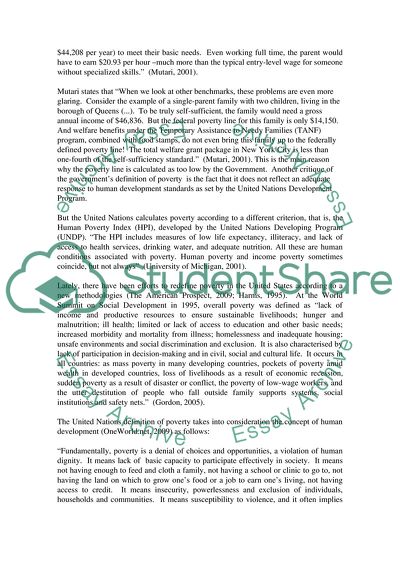Cite this document
(Three Million Americans Are Debt Poor Assignment, n.d.)
Three Million Americans Are Debt Poor Assignment. Retrieved from https://studentshare.org/sociology/1557911-poverty-in-the-usa
Three Million Americans Are Debt Poor Assignment. Retrieved from https://studentshare.org/sociology/1557911-poverty-in-the-usa
(Three Million Americans Are Debt Poor Assignment)
Three Million Americans Are Debt Poor Assignment. https://studentshare.org/sociology/1557911-poverty-in-the-usa.
Three Million Americans Are Debt Poor Assignment. https://studentshare.org/sociology/1557911-poverty-in-the-usa.
“Three Million Americans Are Debt Poor Assignment”, n.d. https://studentshare.org/sociology/1557911-poverty-in-the-usa.


